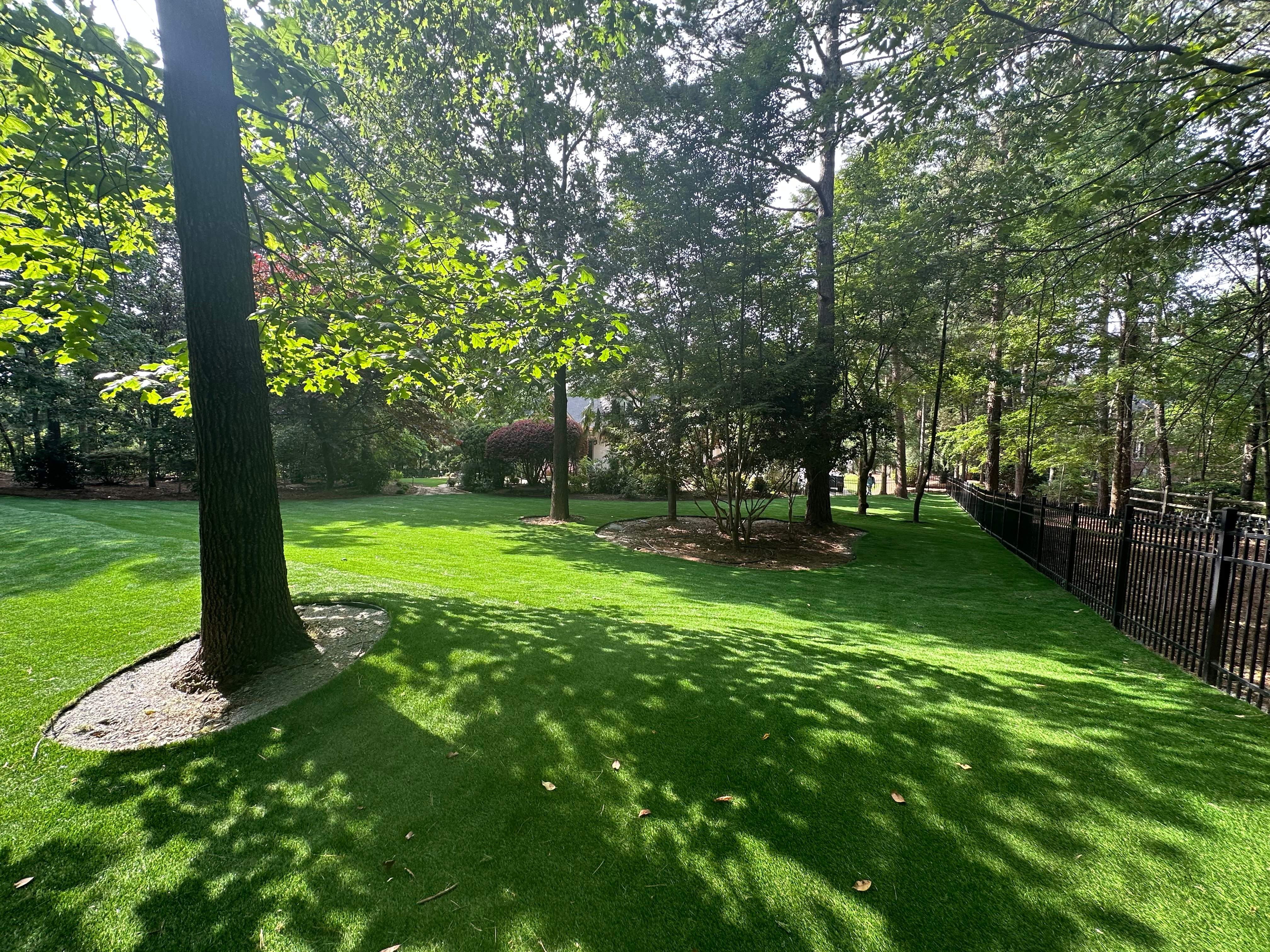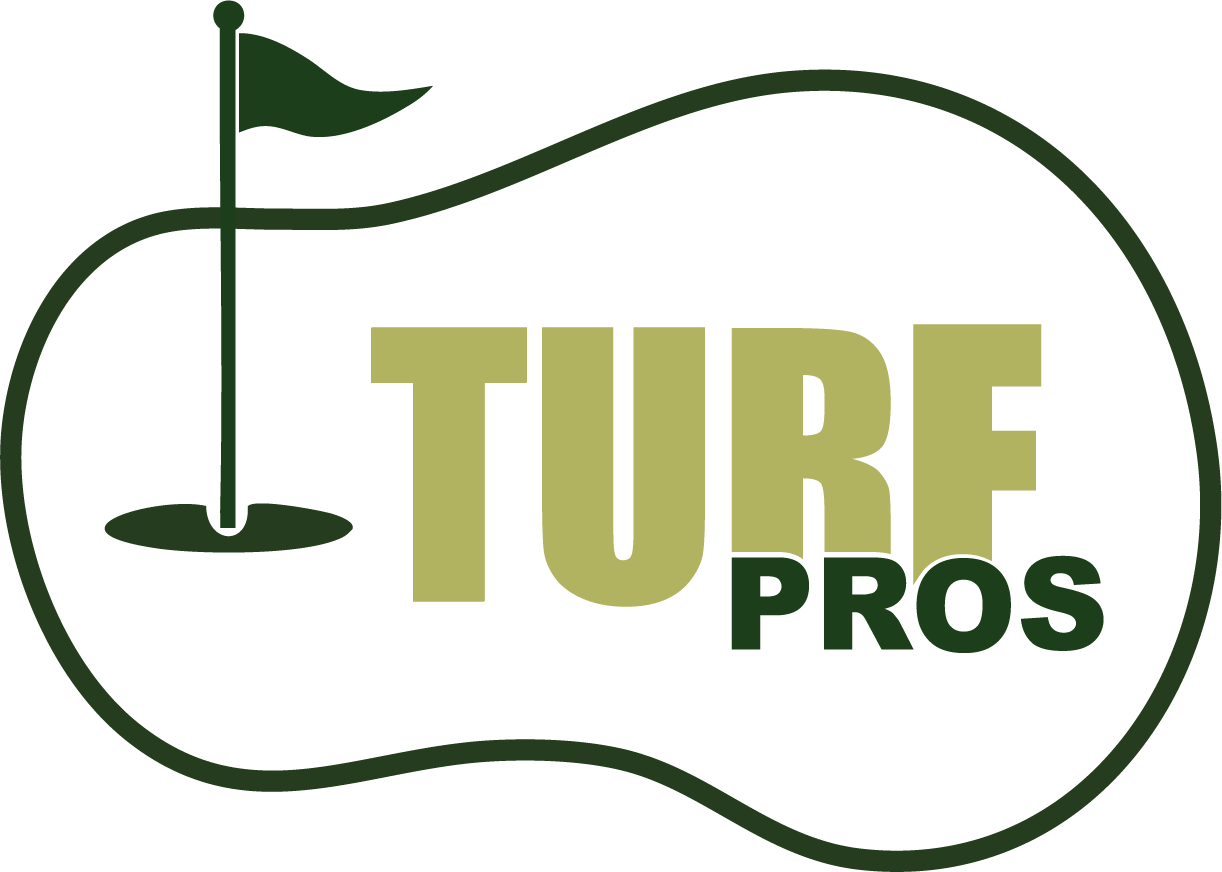The Complete Guide to Artificial Turf Benefits: Why Synthetic Grass is the Smart Choice in 2025

As we move into 2025, artificial turf has evolved from a simple grass alternative to a sophisticated landscaping solution that offers numerous benefits for homeowners, businesses, and communities. Whether you're considering synthetic grass for your residential lawn, commercial property, or recreational space, understanding the comprehensive advantages can help you make an informed decision that will benefit you for years to come.
Water Conservation: A Critical Environmental Benefit
One of the most significant advantages of artificial turf is its contribution to water conservation. With increasing concerns about drought conditions and water scarcity across many regions, synthetic grass offers a practical solution that can dramatically reduce water consumption.
Traditional natural grass lawns require approximately 1-2 inches of water per week during growing season, which translates to thousands of gallons annually for an average-sized yard. In contrast, artificial turf requires no irrigation whatsoever, except for occasional cleaning. This can result in water savings of up to 70,000 gallons per year for a typical residential lawn.
- Immediate Impact: Zero irrigation requirements after installation
- Long-term Savings: Reduced water bills and conservation of precious resources
- Environmental Responsibility: Contributing to sustainable water management practices
- Drought Resilience: Maintaining green spaces even during water restrictions
Cost-Effectiveness: Long-Term Financial Benefits
While the initial investment in artificial turf may be higher than seeding or sodding natural grass, the long-term financial benefits are substantial. When you factor in the ongoing costs of maintaining natural grass, synthetic turf becomes increasingly cost-effective over time.
Elimination of Ongoing Maintenance Costs
Natural grass maintenance involves numerous recurring expenses that add up significantly over the years:
- Weekly mowing services or equipment costs
- Fertilizer applications multiple times per year
- Pesticide and herbicide treatments
- Aeration and overseeding services
- Irrigation system maintenance and repairs
- Replacement of dead or damaged areas
With artificial turf, these costs are eliminated entirely. The only maintenance required is occasional brushing and rinsing, which can be done by the homeowner at minimal cost.
Return on Investment Timeline
Most homeowners see a return on their artificial turf investment within 5-8 years through savings on water bills, lawn care services, and maintenance supplies. After this break-even point, the savings continue to accumulate for the remaining lifespan of the turf, which typically ranges from 15-25 years with proper installation and care.
Year-Round Aesthetic Appeal
One of the most immediately noticeable benefits of artificial turf is its consistent, lush appearance throughout all seasons. Unlike natural grass, which can become dormant, brown, or patchy during certain times of the year, synthetic grass maintains its vibrant green color and perfect texture regardless of weather conditions.
Weather Resistance
Modern artificial turf is engineered to withstand extreme weather conditions:
- Heat Tolerance: UV-resistant fibers prevent fading and degradation
- Cold Weather Performance: No dormancy periods or winter kill
- Drought Resistance: Maintains appearance during dry spells
- Storm Durability: Proper drainage prevents waterlogging and damage
Consistent Curb Appeal
For homeowners concerned about property value and neighborhood aesthetics, artificial turf provides consistent curb appeal that enhances property value. Real estate professionals often note that well-installed synthetic grass can be a selling point, particularly in areas where water conservation is valued or where maintaining natural grass is challenging.
Low Maintenance Requirements
The maintenance requirements for artificial turf are minimal compared to natural grass, making it an ideal solution for busy homeowners, elderly residents, or anyone who wants to enjoy a beautiful lawn without the time commitment of traditional lawn care.
Simple Maintenance Routine
Maintaining artificial turf involves just a few simple tasks:
- Regular Brushing: Use a stiff brush to keep fibers upright and maintain appearance
- Debris Removal: Clear leaves, twigs, and other organic matter as needed
- Occasional Rinsing: Hose down the surface to remove dust and refresh the appearance
- Spot Cleaning: Address spills or pet waste promptly with appropriate cleaning solutions
These tasks can typically be completed in less than an hour per month, compared to the hours of weekly maintenance required for natural grass.
Environmental Benefits Beyond Water Conservation
While water conservation is the most obvious environmental benefit, artificial turf offers several additional ecological advantages that contribute to a more sustainable landscape solution.
Elimination of Chemical Treatments
Natural grass lawns often require regular applications of fertilizers, pesticides, and herbicides to maintain their appearance and health. These chemicals can:
- Contaminate groundwater and local water sources
- Harm beneficial insects and wildlife
- Create health risks for children and pets
- Contribute to air pollution through application processes
Artificial turf eliminates the need for these chemical treatments entirely, creating a safer environment for families and pets while reducing environmental impact.
Reduced Carbon Footprint
The carbon footprint associated with maintaining natural grass is significant when you consider:
- Fuel consumption from weekly mowing
- Manufacturing and transportation of fertilizers and chemicals
- Water treatment and delivery systems
- Equipment manufacturing and maintenance
By eliminating these ongoing requirements, artificial turf significantly reduces the long-term carbon footprint associated with maintaining green spaces.
Durability and Longevity
Modern artificial turf is engineered for exceptional durability, with high-quality installations lasting 15-25 years or more with proper care. This longevity is achieved through advanced materials and manufacturing processes that create a product capable of withstanding heavy use and environmental stresses.
Advanced Material Technology
Today's synthetic grass incorporates several technological advances:
- UV-Stabilized Fibers: Prevent fading and degradation from sun exposure
- Antimicrobial Treatments: Inhibit bacterial growth and odors
- Advanced Drainage Systems: Prevent water accumulation and promote quick drying
- Realistic Textures: Multiple fiber types and colors create natural appearance
Traffic Tolerance
Unlike natural grass, which can become worn, muddy, or damaged under heavy use, artificial turf maintains its appearance and functionality even in high-traffic areas. This makes it ideal for:
- Play areas and playgrounds
- Pet runs and exercise areas
- Commercial landscapes with foot traffic
- Sports and recreational facilities
Health and Safety Advantages
Artificial turf offers several health and safety benefits that make it particularly attractive for families with children and pets.
Allergen Reduction
For individuals with grass allergies or sensitivities to lawn care chemicals, artificial turf provides a hypoallergenic alternative that eliminates common triggers:
- Grass pollen and other plant allergens
- Chemical fertilizers and pesticides
- Mold and fungus growth in natural grass
- Dust and debris from lawn maintenance activities
Consistent Playing Surface
Artificial turf provides a level, consistent surface that reduces the risk of trips, falls, and injuries associated with uneven natural grass. This is particularly beneficial for:
- Children's play areas
- Elderly residents who may have mobility concerns
- Sports and recreational activities
- Areas with heavy foot traffic
Versatility in Application
Modern artificial turf is suitable for a wide range of applications, making it a versatile solution for various landscaping needs.
Residential Applications
- Front and Back Yards: Complete lawn replacement for low-maintenance landscaping
- Pool Areas: Non-slip, chlorine-resistant surfaces around swimming pools
- Rooftop Gardens: Lightweight solution for urban green spaces
- Pet Areas: Durable, easy-to-clean surfaces for dog runs and pet play areas
Commercial Applications
- Office Buildings: Professional landscaping with minimal maintenance requirements
- Retail Centers: Attractive, durable surfaces for high-traffic areas
- Schools and Daycares: Safe, consistent play surfaces for children
- Sports Facilities: Professional-grade surfaces for various athletic activities
Installation Considerations for Maximum Benefits
To realize all the benefits of artificial turf, proper installation is crucial. Professional installation ensures optimal performance, longevity, and appearance.
Site Preparation
Proper site preparation is the foundation of a successful artificial turf installation:
- Excavation and grading for proper drainage
- Installation of appropriate base materials
- Compaction to prevent settling and unevenness
- Installation of drainage systems where necessary
Quality Materials and Workmanship
The quality of materials and installation workmanship directly impacts the longevity and performance of artificial turf. Professional installers ensure:
- Selection of appropriate turf products for specific applications
- Proper seaming and securing techniques
- Correct infill application and distribution
- Quality control throughout the installation process
Making the Decision: Is Artificial Turf Right for You?
The decision to install artificial turf should be based on your specific needs, preferences, and circumstances. Consider artificial turf if you:
- Want to reduce water consumption and environmental impact
- Desire a low-maintenance landscaping solution
- Need a durable surface for high-traffic areas
- Live in an area with water restrictions or drought conditions
- Have allergies or sensitivities to natural grass or lawn chemicals
- Want consistent, year-round curb appeal
- Are looking for long-term cost savings on lawn maintenance
Conclusion: The Future of Sustainable Landscaping
As we continue to face environmental challenges and seek sustainable solutions for our homes and communities, artificial turf represents a forward-thinking approach to landscaping that offers numerous benefits without compromising on aesthetics or functionality.
The comprehensive advantages of artificial turf – from water conservation and cost savings to durability and low maintenance – make it an increasingly popular choice for homeowners and businesses alike. With proper installation and minimal care, synthetic grass can provide decades of beautiful, functional outdoor space while contributing to environmental conservation efforts.
If you're considering artificial turf for your property, consult with professional installers who can assess your specific needs and recommend the best solution for your situation. The investment in quality artificial turf installation will pay dividends in reduced maintenance, lower utility costs, and enhanced property value for years to come.
Ready to explore the benefits of artificial turf for your property? Contact our team for a consultation and discover how synthetic grass can transform your outdoor space while providing lasting value and environmental benefits.
